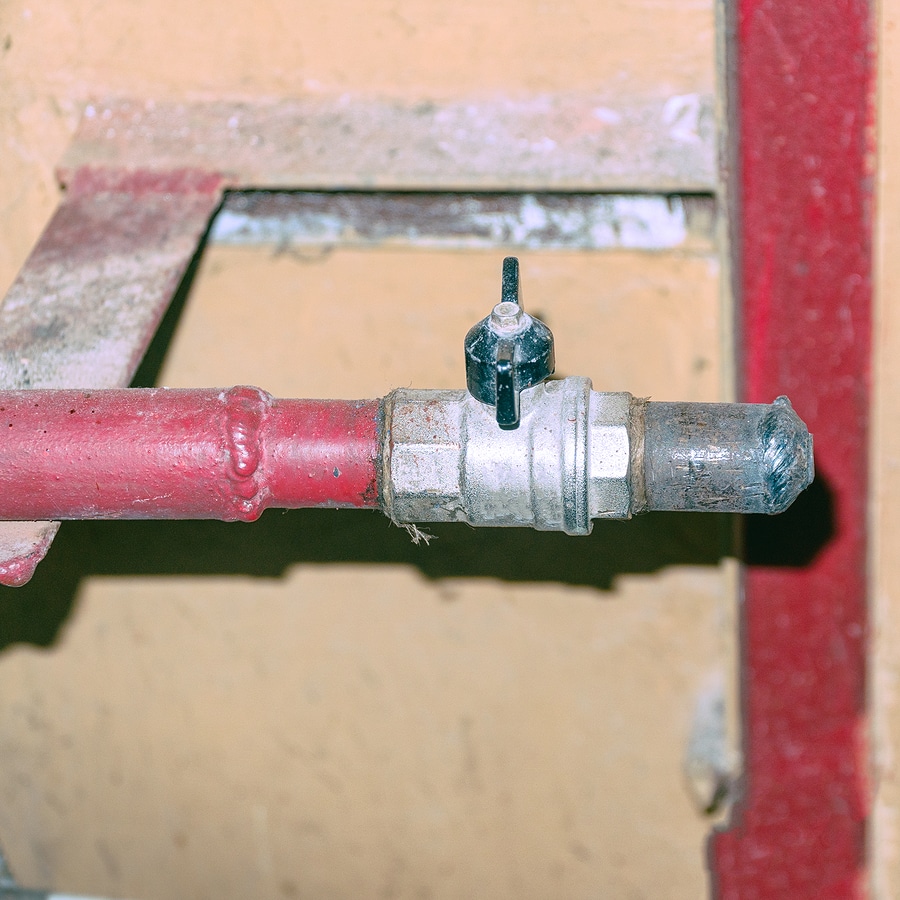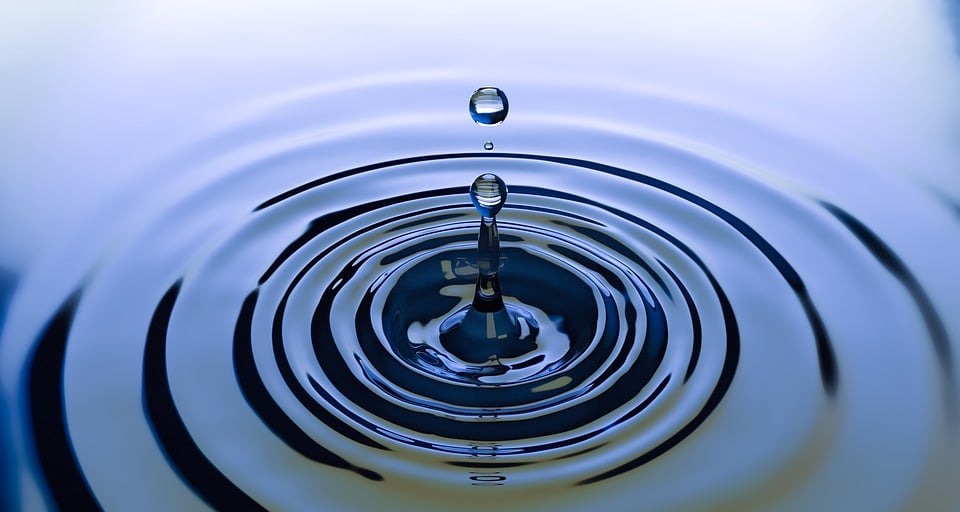Lead Pipes
Do You Have Lead Pipes in Your Home? Water mains in the UK are not…
Read more24 hr Emergency Callout

Blog
When you move into a new home, or even if there is a drainage emergency and you need to know where to begin, it is vital that you find out where your stopcock is. This may prevent accidents from spreading in the future, thereby keeping them small and easier to fix, as well as at a lower cost to your household budget.
It is also important for you to learn as much about this feature of your property as you can, in order to keep it running as smoothly as you need it to for years to come. At Coastal Drains, we pride ourselves on our knowledge of all aspects of drainage systems, including stopcocks and their function. Because we want our customers to have the best drainage systems possible, we have provided this guide to teach you everything you need to know about them as well.
If you are worried that your drainage system may have a problem, such as water leaking from a pipe, or a blockage causing your sewage to back up, we can be there to give you peace of mind. Call or email us today and one of our friendly members of staff will send our highly qualified and fully equipped drainage engineers out to tackle your drainage issue in no time at all.

A stopcock is a kind of tap or valve that is used to restrict the flow of water coming from the mains connections, into your property’s drainage system. They can also be known as “stop valves” or “stop taps” for this reason.
You may find stopcocks located in the interior or exterior of your property, and they will prevent water from flowing from these locations when maintenance work is needed. For instance, if a pipe was leaking between your property boundary and the interior of your home, you would turn off the external tap to carry out the work.
As there are two types of stopcock and most properties have more than one, there will be more than one location where yours may be found on your property. Interior stop taps may be found in a number of different locations indoors. We have provided a list of possible locations you may find the stopcock inside your home:
To find your external stop tap, you will have to look towards the boundaries of your property. Your stopcock will most likely be below ground level, underneath a metal cover. It may also be some distance from the buildings on your property, sometimes below the pavement next to the nearest road. If you have an older home, your stop tap may even be placed next to your neighbours’, so you might have to search for it.
You would need to turn off your external stopcock if the pipes between the interior and exterior of your property needed fixing. You would also need to turn off this stop tap if you had to replace the internal stopcock.

To use your stopcock and turn it off in the event of an emergency with your water mains, all you have to do is find it on your property and close it. Turn the valve clockwise to turn off or close the tap, and turn it anti-clockwise to turn it on, opening it back up again. It may take a few minutes for the water to stop flowing entirely, but there is no need to worry; this is completely normal. You should not try to force the tap to turn on or off, as this may damage it.
Once the water is safely off, you will be able to carry out any work that needs done, from attempting to fix a leaking pipe to unblocking a drain. If these are problems you need taken care of in your pipes, please don’t hesitate to contact us today. We will be happy to send out a team of highly trained drainage engineers to take care of any problem found on your property, with minimal disruption to your daily routine and the smallest impact possible on your budget.
Over time, it is possible that your stop cock may seize up, owing to the fact that it will (hopefully) not frequently be used. When this happens, it can become difficult or even impossible to use your stopcock when you most need it. This is why it is important to ensure it gets a little bit of regular maintenance to ensure it continues working as it should.
Regularly turning the valve will help with this, if you turn the stop tap just enough to see that it will turn off and on. If you find that the tap is stiff, apply a little bit of oil and allow it to soak in before working the handle back and forth. This should ease the stiffness and let you turn the stop tap on or off again. If this does not work, you may have to either fix or replace your stopcock entirely.
Many customers come to us with questions about their own stopcocks, and we are always happy to answer and help them with anything they need. Below are some of the most common questions asked when discussing stopcocks, which we have provided answers for:
It is now a legal requirement for every home to have at least one stopcock. Most properties will have one, situated somewhere close to the water input from the main supply. However, older properties may not have them, so they will need to have one installed as soon as possible to meet the requirements of local water regulations.
All aspects of drainage that fall inside a property’s boundaries are the responsibility of the homeowner. As such, if you own your home, you will be responsible for maintaining your own internal stopcock.
You may also be responsible for the maintenance and repair work if you are renting a property, but this is down to the discretion of your landlord. There may be a clause or stipulation in your tenancy agreement which discusses this, as well as other drainage responsibilities, so it is always best to check if you are unsure.
To turn off an external stopcock, it is most likely that you will require a stopcock key. This is a long piece of metal with a T-bar handle at one end and a special type of fitting at the other. The fitting then fits around the stop tap valve and allows you to turn the key until the water flow stops.
Gate valves are for low-pressure systems, primarily used for isolation purposes so that maintenance can be carried out. They can also be used for flow balancing. Stopcocks, on the other hand, are for high-pressure water supply and can be used for isolation purposes in emergencies. They can also be used in an application which is normally off.

If you are planning on shutting off your stopcock because there is a problem with your mains water connection or your drainage system, please get in touch with our team today. With the water safely turned off, we will be able to set to work and have your system up and running again as it should in no time at all. We are dedicated to what we do, so you can be guaranteed the highest quality service for whatever you need.
We are open 24 hours a day, 7 days a week, so no matter when you need to turn off your stopcock, we can be there to make everything right before the tap is turned on and the water starts flowing again.